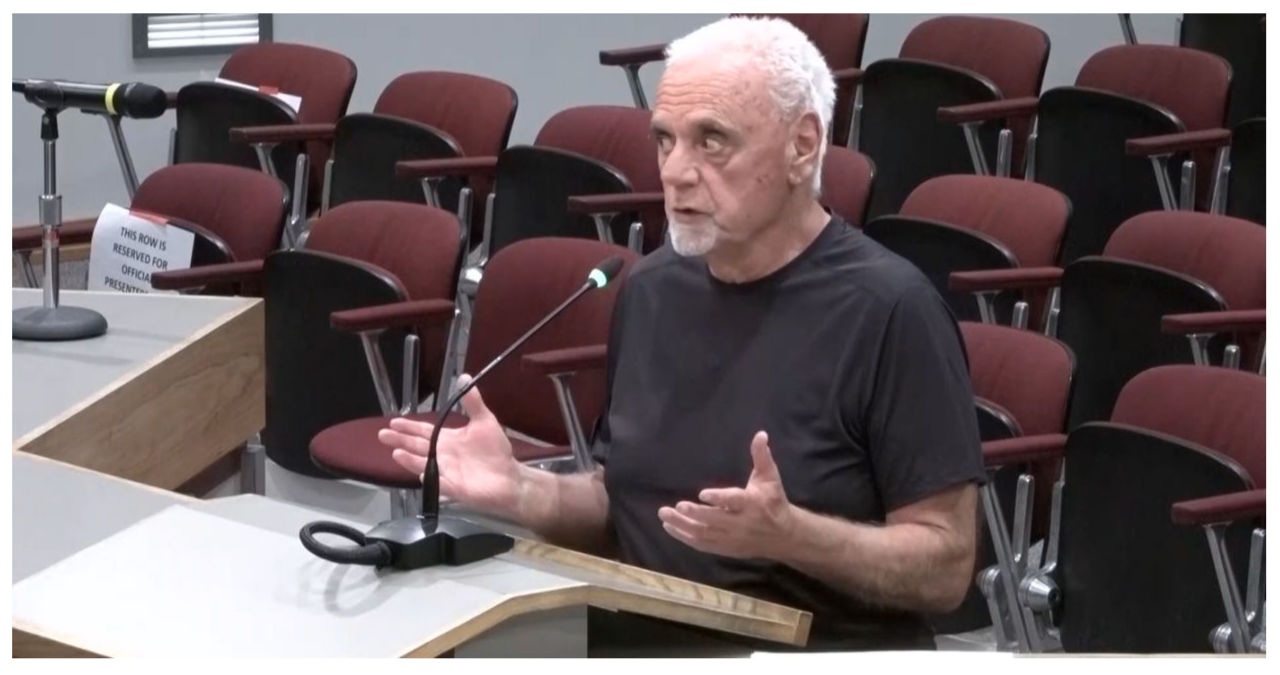New development in Latah Valley may face a halt due to an emergency ordinance that is anticipated to be voted on by Spokane’s City Council within the next two weeks.
Councilmember Paul Dillon has proposed a measure that aims to implement a building moratorium on new preliminary subdivision and short subdivision applications within the Latah/Hangman and Grandview/Thorpe Neighborhoods. This measure mirrors a previous ordinance that expired last year. If approved, the moratorium would take effect immediately.
Spokane will have the opportunity to plan for wildfire protection and other infrastructure in the area, including the establishment of a Latah Fire Station and making necessary modifications to the city’s municipal code, thanks to the temporary halt.
Spokane is facing the challenge of funding the construction of new infrastructure, which requires millions of dollars.
Councilmember Michael Cathcart pointed out during a recent briefing that the city had initially intended to fund necessary infrastructure through fees paid by developers, following the previous moratorium. However, the funds were ultimately allocated elsewhere, deviating from the original plan.
The city council, facing a lack of funding, is exploring different avenues to generate revenue. One option being considered is tax increment financing (TIF). Additionally, they are looking into bonding, implementing new or adjusted fees, seeking state and federal grants, and requesting appropriations from the state Legislature.
Planning Director Spencer Gardner acknowledged during a recent city council study session that there is no single solution to the problem at hand. However, he emphasized that a combination of options could effectively address the issue.
According to Gardner, Tax Increment Financing (TIF) is a method that allows for the redirection of future property-tax revenue from new development towards current needs. This can be achieved through various means, such as bonding, in order to fund infrastructure projects.
Properties located within the boundaries of a TIF still contribute taxes, but the portion allocated to the general fund reduces as the revenue is utilized for infrastructure development. The underlying concept is to retain the funds generated from Latah Valley within the community, rather than channeling them elsewhere. Critics argue that TIF funding diverts resources from local government services, hindering economic progress that would have occurred in the area regardless.
According to Gardner, the city’s TIF program may not be operational until 2025 at the earliest. The goal is to begin generating revenue for infrastructure projects by June of that year. However, before funds can start flowing in, there are several bureaucratic steps and collaborations with other agencies that need to be completed.
Jim Frank, the founder of Greenstone Corporation, a prominent residential and commercial developer in the area, emphasized the prevalent use of TIFs in Spokane and throughout the state. With the aim of addressing the deficient infrastructure in Latah Valley, Jim Frank meticulously compiled a boundary map to identify the areas that would greatly benefit from necessary improvements before any future development can proceed.
Spokane County needs to establish a Tax Increment Financing (TIF) and determine the base tax level by June 1. However, due to time constraints this year, the county will set the base tax level by June 1, 2025, as it encompasses part of the City of Spokane and the county itself, according to Frank.
“The assessed property values as of June 1, 2025, will be used to calculate taxes for the year 2026. It’s important to note that the actual collection of these taxes will occur in 2027,” explained Frank.
According to Frank, the process is a long-term strategy that requires patience and time. He mentioned that out of the revenue generated from the additional property taxes, 75% would be allocated towards the development of new infrastructure. The remaining 25% would be retained by the local jurisdiction.
According to him, TIF revenue does not include school bonds and levies, and this approach will not impact the state’s property tax assessment for schools.
According to Frank, the tax assessment of a jurisdiction is not affected unless they choose to participate in the TIF. The city, county, and any fire district would have to agree to be a part of it. If they do not agree, their property tax revenues will not be included in the TIF.
According to Frank, it is important to consider other funding sources in conjunction with a TIF. He advises the city to explore various funding options as they initiate the TIF process.
In order for Spokane to benefit from the future tax revenue that accompanies growth in Latah Valley, it must secure funding. Failure to do so will result in the growth occurring in other areas.
Frank expressed his skepticism about funding $150 million worth of infrastructure without including TIF.



